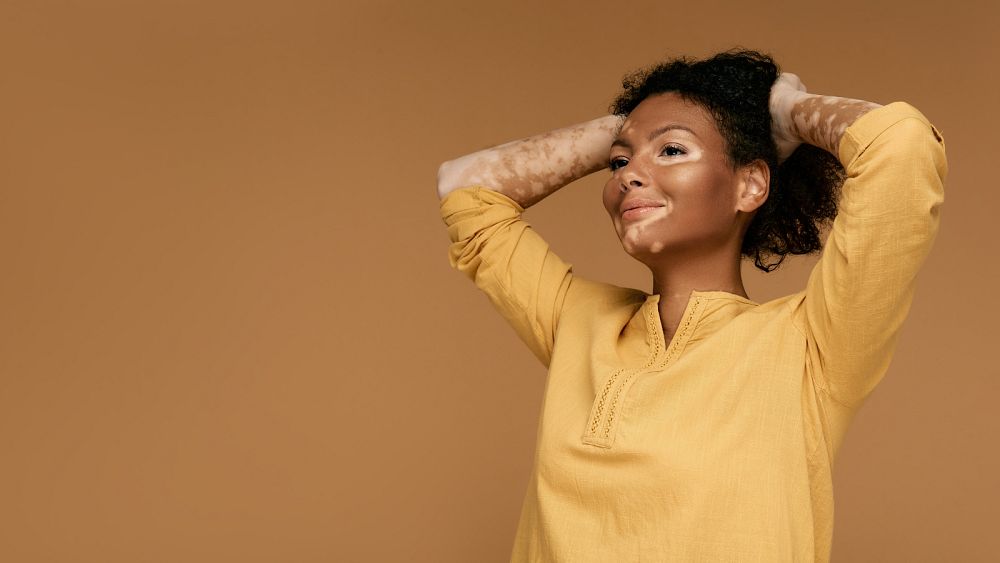
Skin condition vitiligo has, in more recent years, become globally celebrated thanks to public figures like Canadian model Winnie Harlow.
It’s thought to present in about 0.5-1 per cent of the global population, and is widely defined as an autoimmune condition that affects the pigmentation of the skin.
Technically, there’s currently no cure for vitiligo. But treatment options are available — and the latest to the market has been causing a stir.
Ruxolitinib — which is sold under the brand name Opzelura — is already available in the US. The cream can restore the skin’s natural colour and eliminate the characteristic white patches that vitiligo can cause.
Now, European regulators are debating whether to make it available, too. But the remedy has court its fair share of controversy.
What is vitiligo?
Essentially, vitiligo is a skin condition that causes patch-like loss of skin colour anywhere on the body. It can also contribute towards premature whitening of hair, including eyelashes and eyebrows.
While it appears across all ethnicities and genders, vitiligo is often more noticeable for people with brown or Black skin because the patches are usually white. That’s because the autoimmune condition causes cells in the skin to stop producing melanin — the substance in our bodies that determines the colour of our eyes, hair and skin.
It’s thought that vitiligo is most likely to make an appearance before the age of 30.
The symptoms are predominantly physical, but of course, it can also impact a person’s mental and emotional health. Additionally, it can make people prone to severe sunburn and increase the risk of hearing loss or issues with vision.
What are the current treatment options available for vitiligo?
As with lots of autoimmune conditions, which can be complex and manifest in many different ways, there’s no cure for vitiligo right now.
However, there are treatments readily available in Europe which can help minimise the symptoms.
Vitamin D might be prescribed to help support the body’s normal functions, and especially if vitiligo prevents some people from being in direct sunlight.
Skin camouflage creams are blended to match the user’s natural skin colour. They help blend the white patches with the rest of the skin, but only tend to last for around four days and less than a day on the face.
Steroid treatments can be applied as a cream and can help stop the spread of white patches or even restore some of the skin’s original colour.
Phototherapy exposes the skin to ultraviolet rays. It’s not actually fully understood how ultraviolet treatments can help with certain skin conditions, but it has also shown positive results across other autoimmune conditions like psoriasis and eczema.
Why does ruxolitinib do?
Ruxolitinib is predominantly used as a pill form in cancer treatments, specifically cancers of the bone marrow.
The cream version for vitiligo — marketed as Opzelura and currently available in the US at a list price of $2,000 (€1,887) for a tube — has shown evidence in trials that it has the potential to restore the skin’s pigmentation over a number of months.
However, the treatment also comes with a hefty warning. It suppresses the immune system, leaving users more likely to contract illnesses like colds and flu. It’s also been linked to raised cholesterol levels and low red blood cell counts.
Both European regulators and the UK’s NHS are currently debating whether to make it available to people living with the condition.
